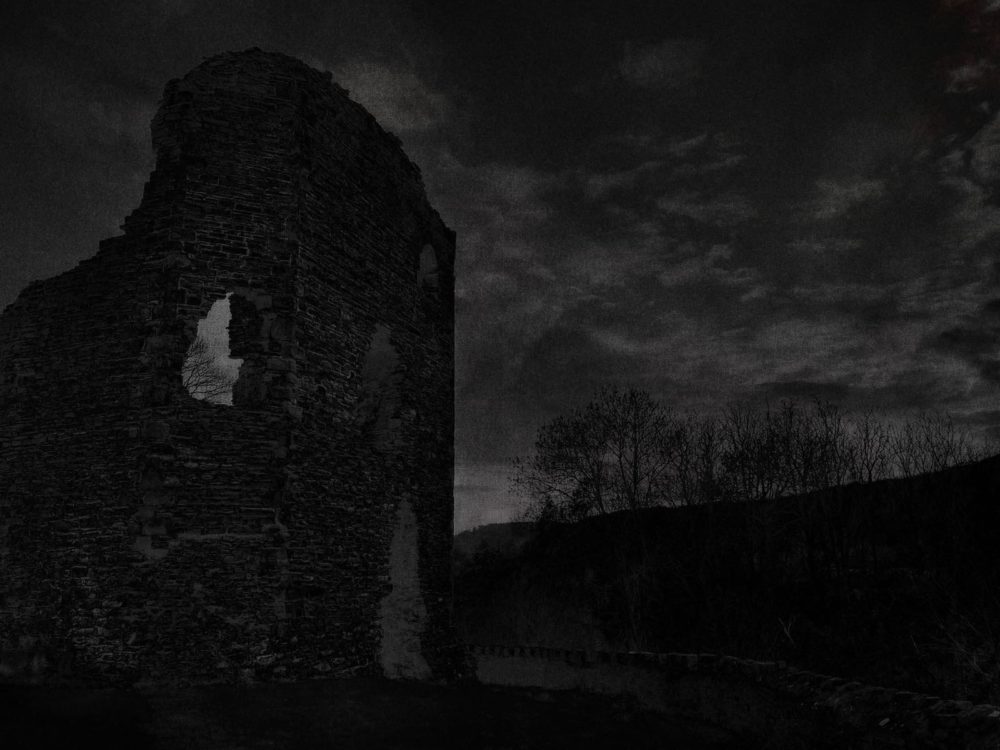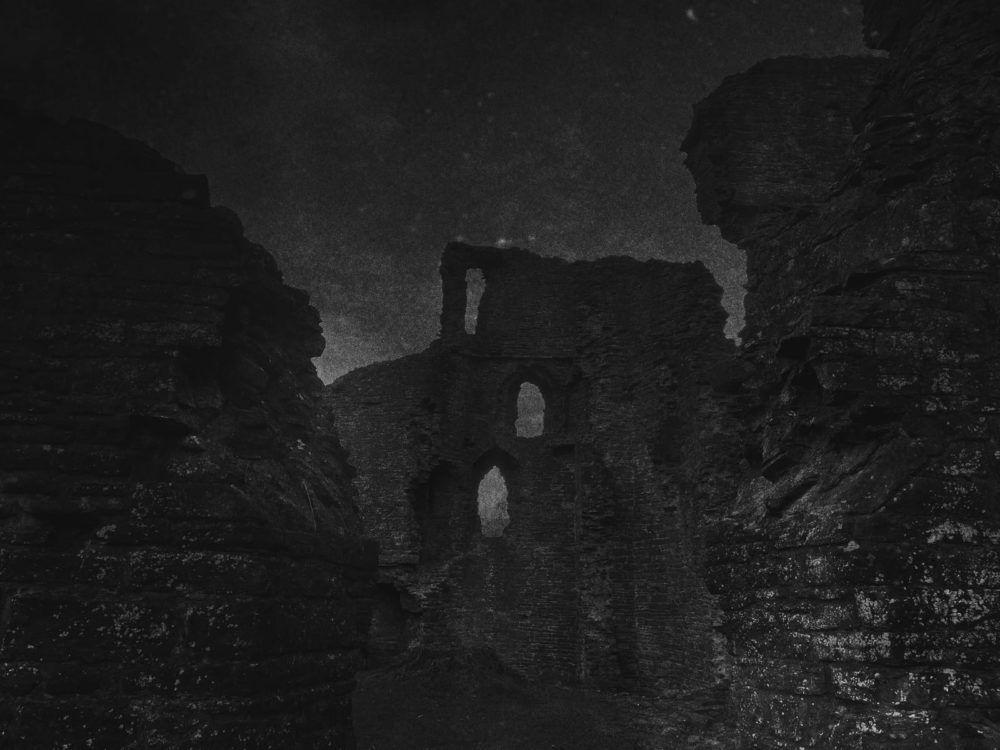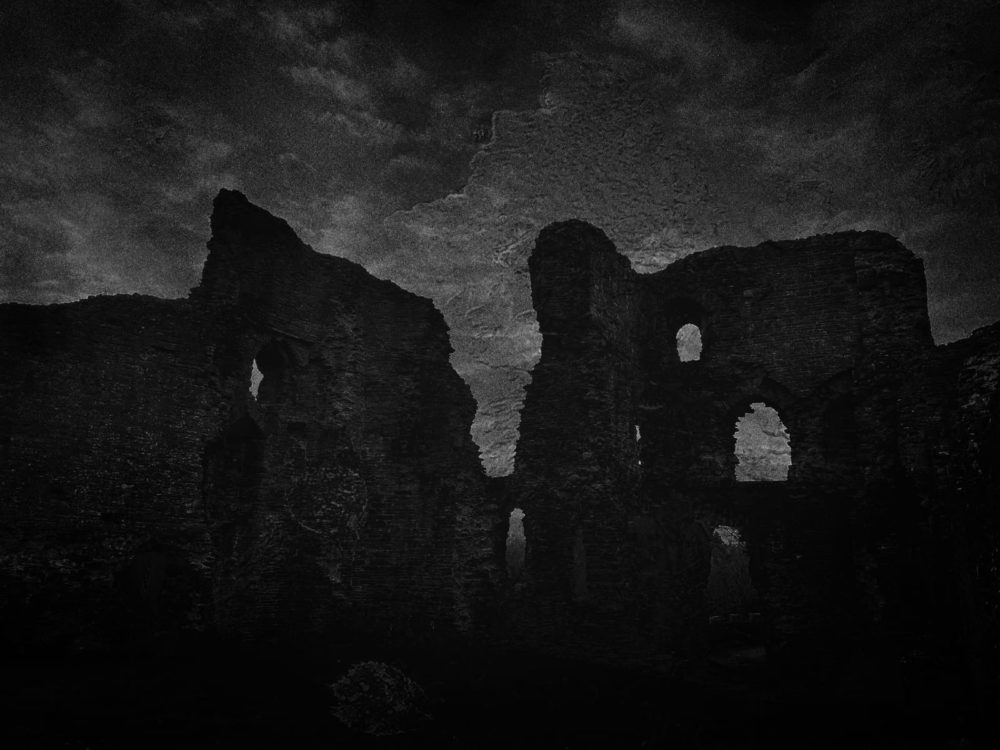The Christmas massacre at Abergavenny Castle

Stephen Price
Sitting high above the River Usk, with panoramic views as far as the Blorenge, Sugarloaf and Skirrid mountains, lie the crumbling walls of what was once a formidable castle built by the Norman Lord, Hamelin de Ballon in the eleventh century.
Built to defend Norman invaders against attack from disgruntled Welsh folk, who quite naturally took issue with their lands being colonised and pillaged, Abergavenny Castle was much grander in its glory days, boasting a stone keep, chapel, gatehouse, towers and an impressive great hall.
Today, the remains present an imposing, ghostly scene, glorious in decay and hidden partially from sight by the bare winter branches of weeping willow.
Like the town itself, the castle seems gentile, calm, a place of rest and refuge.
Save for an overlooked information board, there is nothing left to suggest the horrifying scenes that took place on that very soil late in the twelfth century.

Slaughter
Abergavenny’s position, close to the English border, with its temperate climate and rich resources, made for long drawn out battles between the natives and the Normans.
Following countless deaths in the lower rankings, stakes shifted a gear when Henry FitzMiles, Baron of Abergavenny, was killed by Welsh forces led by Seisyll ap Dyfnwal in the 1160s.
Despite Henry’s death working in his favour, William de Braose, the successor to the castle, sought to end, once and for all, the ceaseless conflict with his men and the warring local factions.
To that end, and to avenge Henry’s death, he rather foolishly took it upon himself to orchestrate one of the most underhand and bloody events in Welsh history.
Feast
A feast was arranged for Christmas 1175. Goodwill to all was promised. Reconciliation, a chance to air grievances and to begin the new year with a clean slate.
Unarmed, with their weapons left outside as a show of trust and honour, Seisyll and other leading Welsh noblemen, along with their sons and other high ranking men, made their way into the castle in pursuit of Christmas joy and merriment.
Merciless
Once inside the great hall, with pleasantries made and festive drinks shared, however, a signal was passed, the doors were bolted and de Braose’ cruel intentions were laid bare. In an act of merciless and unthinkable cruelty, the Normans swiftly set about slaughtering their guests, with no man or boy spared.
Not yet satisfied with the bloodshed, de Braose left on horseback alongside his men to finish off this most heinous Christmas killing spree, eventually murdering Seisyll’s only surviving son and heir, the seven year old Cadwalladr.
It took until 1182 for there to be any significant act of retribution for this uholiest of nights, when the castle was stormed and set alight by Henry ap Iorwerth, Lord of Caerleon.

Considering this event long pre-dates the building of the Ring of Iron built across Wales at Edward I’s command after the death of Llywellyn ap Gruffydd in 1282 and the subsequent Conquest of Wales, it’s not difficult to imagine how much more bloodshed and unrest has simply been forgotten, erased from memory and actively kept out of our history and school books.
The massacre has gone on to inspire the infamous Red Wedding scene in Game of Thrones, one of the much-loved series’ most memorable and shocking moments.
It would be forgivable to imagine it as something fantastical and far-fetched, yet the centuries of subjugation of Wales are littered with battles and attacks such as these, both recorded and lost to time.
There has yet to be any real atonement for Wales’ position as England’s first colony, the loss of our rulers, lands and resources over time, not to mention the nation’s attempted cultural genocide, so we must remind ourselves of events such as the Abergavenny massacre again and again.
The consequences of these actions live with us to this very day.
Blood may no longer spill among the castle walls, but the stain still remains if we are allowed to remember. And remember we must.
Support our Nation today
For the price of a cup of coffee a month you can help us create an independent, not-for-profit, national news service for the people of Wales, by the people of Wales.





This is what our children need to be taught in school
The Normans are not English, they conquered England in 1066.
I don’t know if the Normans are now English or not but I do know their kings are numbered from William the b*****d on.
I did not write William the b….d,I wrote Willian the b*****d,note both words are capitalised,and it was he was known as in France,ncluding Normandy until he conquered England.